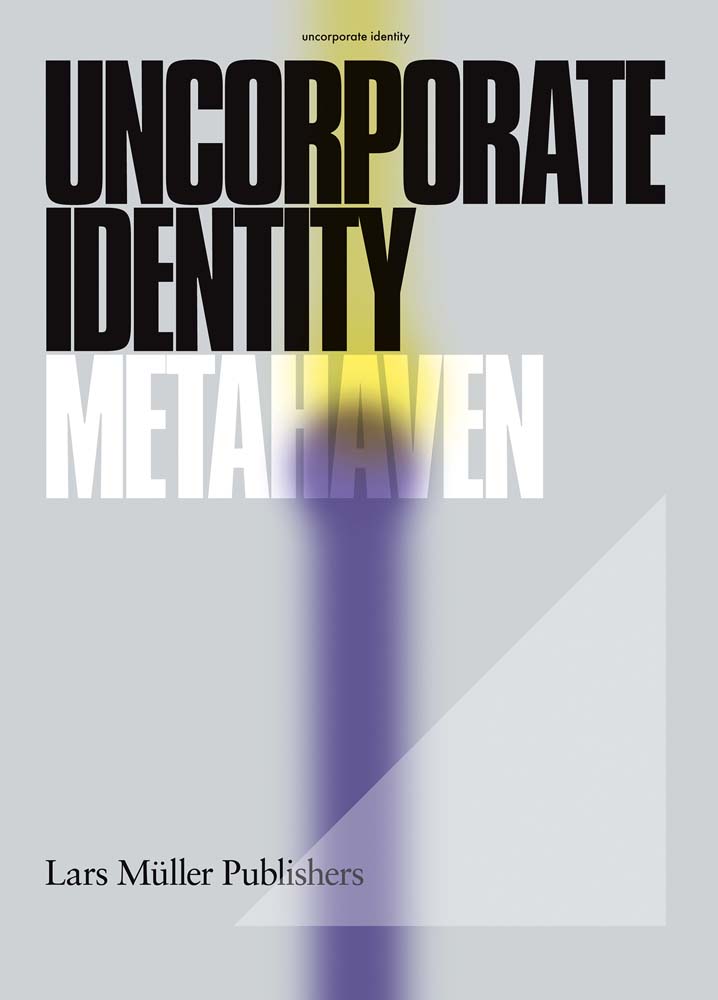References:
Foucault, M. (1970) The Order of Things: An Archaeology of the Human Sciences. London: Tavistock Publications.
References:
Foucault, M. (1970) The Order of Things: An Archaeology of the Human Sciences. London: Tavistock Publications.
Constructed Presence: Branding and Control in King’s Cross

My chosen site of investigation is King’s Cross, an area that has undergone intense gentrification and urban renewal since the early 2000s. I have lived here for several years, which made me wonder whether I could unpack something new about something familiar. The transformation of King’s Cross into a polished, curated urban environment seemed to invite a closer look — a slow reading of the space I habitually pass through without noticing.
Reading Georges Perec’s Species of Spaces (1974), I realised how blind we often become to the environments we inhabit and to the quiet systems of order that structure them. Perec’s meticulous descriptions of streets, buildings, and human routines reveal how the ordinary is sustained by invisible patterns. His method, observing and describing with almost obsessive attention, became a model for my own investigation. I was especially struck by the way he invites readers to find meaning in the banal: “Nothing was more beautiful in old houses than the staircases. Nothing is uglier, colder, more hostile, meaner, in today’s apartment buildings.”
This statement made me reflect on how beauty and hostility coexist in gentrified spaces and how design and order can mask exclusion and control.
Following Perec’s process, I began by treating King’s Cross as a text to be read. I recorded the circuits of people and movements, noting patterns in dress, pace, and time of day. What emerged was an image of affluence and regulation — where even leisure felt choreographed. Permanent security staff, uniform signage, and the rhythmic passing of commuters created an atmosphere of calm that was also surveillance-heavy. Perec’s notion of “circuits” helped me understand how the external logic of a city’s design shapes the internal experience of its inhabitants: who feels at home, who feels watched, and who is subtly excluded.
As a next step, I adopted the same observational approach in the second stage of my investigation, focusing on CCTV cameras and regulatory signage. Perec’s method informed my understanding of the intentionality behind these spatial details like how the number and placement of cameras and signs differ across residential, leisure, and office areas, and how this distribution intertwines with the openness of space and exposure to the crowd’s gaze. Through this, I began to see how visibility itself becomes a tool of control — a quiet architecture of observation that defines what kind of behaviour is acceptable in each zone.
Perec’s writing ultimately encouraged a form of attention that is both critical and poetic, something that exposes how cities are built not only from architecture and infrastructure, but from habits, gazes, and absences. King’s Cross, viewed through Perec’s lens, became not simply a site of renewal, but a stage where visibility, order, and beauty are carefully maintained, inviting us to question what and who remains unseen beneath its polished surfaces.
Perec, G. (1997) Species of Spaces and Other Pieces. Translated by John Sturrock. London: Penguin Books.

King’s Cross is a heavily moderated space that quietly imposes conformity on its visitors. Take a minute and look at the street: it’s flooded with capitalistic by-products — clothing shops mostly targeting the upper market, elegant restaurants, curated cafés, and places offering “unique” experiences. The area presents itself as a multi-purpose destination for living, leisure, and work — a seemingly perfect formula for life balance. Usually, neighbourhoods evoke particular associations, but King’s Cross feels almost manufactured to ensure a very specific perception. Its identity is reinforced through consistent typography, playful illustrations, and polished branding materials — a desperate attempt to mask its shallowness, impersonality, and coldness.
This relationship between organisation and its tangible form is described in Metahaven’s Uncorporate Identity: “Every organization conceives of a cipher for its ‘body politic’: a corporate identity.” This idea helped me articulate something I had sensed but couldn’t quite express — that identity systems extend far beyond logos or graphic design. Branding can be understood as a geopolitical phenomenon, shaping how spaces, nations, and institutions project themselves and are perceived.
Drawing parallels with the examples discussed in Uncorporate Identity, such as monumental buildings and their political symbolism (like The Great Tower or the House of the People in Bucharest), I began to see King’s Cross as a similar kind of architectural statement. Here, architecture performs the same ideological function: it conveys power, modernity, and order while concealing the systems of control beneath. The scale of its new developments makes the human figure feel small yet strangely comforted — not overwhelmed like in a city of skyscrapers, but subtly contained. The extensive use of glass surfaces implies transparency while also enforcing self-awareness, suggesting that one might always be observed. This design aesthetic produces behaviour regulation through visibility, much like corporate transparency produces compliance.
The chapter “Gateway to Europe” particularly resonated with my observations. It examines how borders (both visible and invisible) define space and shape belonging. The European Union’s branding of itself as open and diverse conceals a network of exclusions, just as King’s Cross presents an image of inclusion and cosmopolitanism while remaining economically selective. During my fieldwork, I was struck by the contrast between the regenerated core and the surrounding streets: a visible divide in opportunity and access. Metahaven’s reflection on “the production of presence of those without power, and a politics that claims rights to the city” helped me interpret this gap as an act of design — a curated visibility for some, and invisibility for others.
King’s Cross, therefore, operates as a corporate body, performing openness while maintaining control. Its architecture, branding, and spatial order merge into one coherent identity system, a city-brand that regulates not only how we move through space, but how we imagine belonging within it.